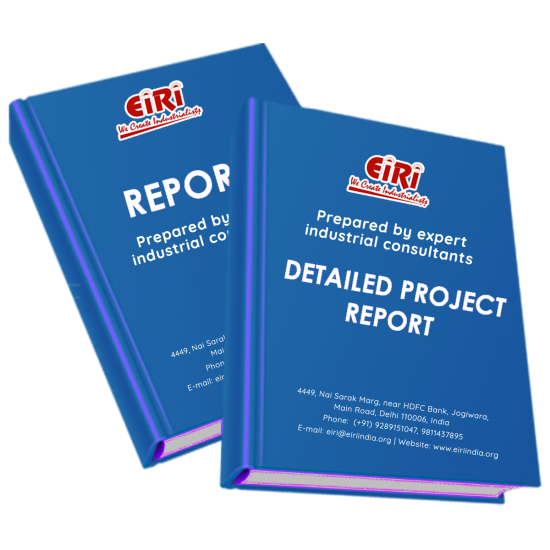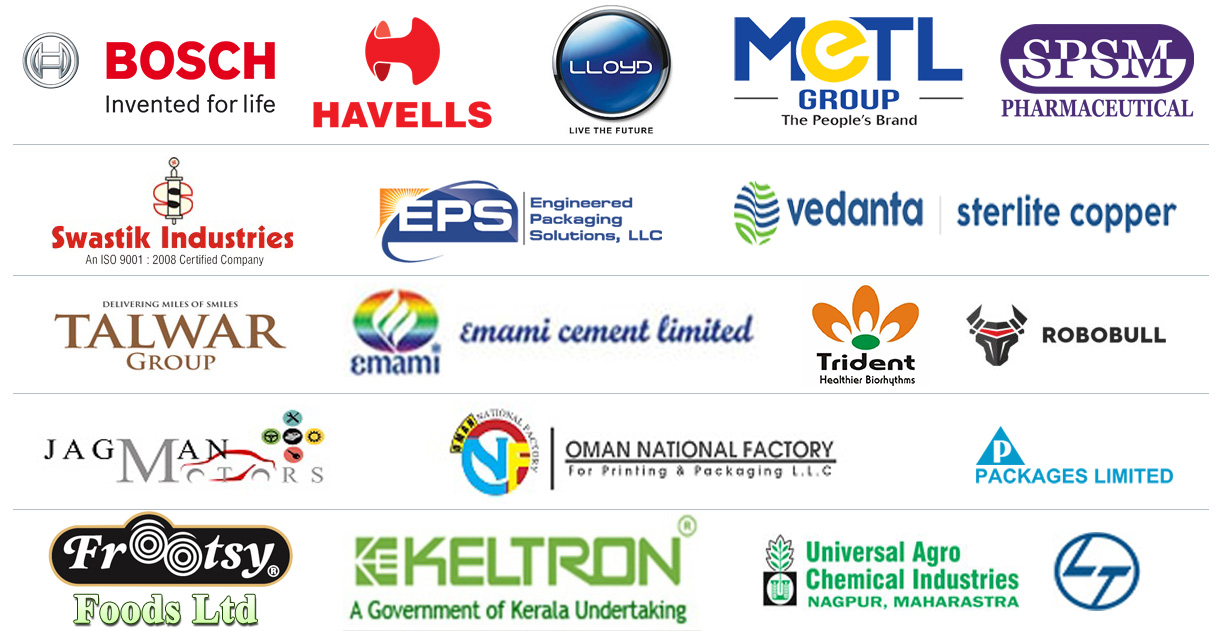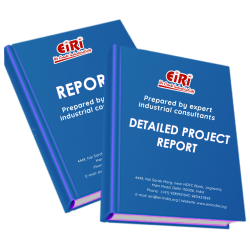Detailed Project Report on maize semolina processing plant

- More than 45 years of experience
- Managed by expert industrial consultants
- ISO 9001-2015 Certified
- Registered under MSME, UAM No: DL01E0012000
- 24/5 Research Support
Get your quesries resolved from an industry expert. Ask your queries before report or book purchase. - Custom Research Service
Speak to the our consultant to design an exclusive study to serve your research needs. - Quality Assurance
All reports are prepared by highly qualified consultants & verified by a panel of experts. - Information Security
Your personal & confidential information is safe & secure.
MAIZE SEMOLINA PROCESSING PLANT
[CODE NO.3092] J.C.: 1131
Semolina is the coarse purified wheat middlings of durum wheat. The term semolina is also used to designate coarse middling from other varieties of wheat
and from other grain such as maize.
Corn is the cereal with the highest production worldwide and is used for human consumption, livestock feed, and fuel. Various food technologies are currently
used for processing industrially produced maize flours and corn meals in different parts of the world to obtain precooked refined maize flour, dehydrated
nixtamalized flour, fermented maize flours, and other maize products. These products have different intrinsic vitamin and mineral contents, and their
processing follows different pathways from raw grain to the consumer final product, which entail changes in nutrient composition. Dry maize mechanical
processing creates whole or fractionated products, separated by anatomical features such as bran, germ, and endosperm. Wet maize processing separates by
chemical compound classification such as starch and protein. Various industrial processes, including whole grain, dry milling fractionation, and
nixtamalization.
Maize food products can be processed at home on a small local scale as well as on a larger industrial scale, transforming the raw material into food products.
Some of the products are more suitable for commercial trade because they require further processing or provide convenience and extended shelf life, while other
products should be consumed immediately after production. For example, degerminated corn grits, meal, or flour has an extended shelf life and can be
moved and traded easily. The product itself has to be further processed, including some degree of cooking, in order for it to be palatable as a food
product.
Nixtamalized maize, when prepared in the household or by a small-scale processor, is typically used to form ready-to-eat finished masa products with a limited shelf life. On an industrial scale, nixtamalized maize flour may be processed and sold as a shelf-stable product that can be prepared for consumption in the home, reducing meal preparation time and providing convenience. Industrial processors strive to offer maize products that replicate the ones consumed in the target market region. Identifying the market share of
industrially produced maize product consumed in the market place is essential in evaluating the potential for implementing a successful maize product
fortification program. The influence of a small-scale maize processing industry with local impact may also play a significant role in some target populations,
especially in some poor countries.
Maize color is important to specific consumer groups in Central and South
America as well as in Africa, and white maize is preferred for food consumption.
In some areas of the world, such as North America, the desired color depends on the region or the food use. For example, in the eastern United States, cornmeal,
grits, and homily are white, while in the northern part of the country, maize meal, and maize products used for breakfast cereals and snack foods are expected
to be manufactured with yellow maize.
Maize meal or flour composition can also be driven by regional preferences, with some preferring whole ground maize rather than degerminated or partially
degerminated maize products. The nutrient composition, including vitamins, minerals, and antinutrient factors, are influenced by local product preferences,
which include not only the way the corn product is consumed, but also what other food items or additives are part of a complete meal. Local and regional
standards for both the form and composition are to be evaluated as part of planning a maize flour or cornmeal fortification program.
COST ESTIMATION
Plant Capacity : 50.00 MT./day
Land & Building (1500 Sq.MT) : Rs. 1.72 Cr
Plant & Machinery : Rs. 99.00 Lacs
Working Capital for 1 Month : Rs. 1.91 Cr
Total Capital Investment : Rs. 4.72 Cr
Rate of Return : 37%
Break Even Point : 44%
INTRODUCTION
USES AND APPLICATION
MAIZE KERNEL ANATOMY AND COMPOSITION
SPECIFICATION OF MAIZE SEMOLINA
CORN GRITS AND SEMOLINA
MARKET SURVEY
OVERVIEW OF SNACK MARKET
PRESENT MANUFACTURERS OF MAIZE SEMOLINA
CORN MILL PRODUCTS & BY-PRODUCTS
METHOD OF MAIZE SEMOLINA PROCESSING
PROCESS FLOW DIAGRAM
METHOD OF MAIZE PROCESSING
FEATURES AND YIELD OF DRY MILLING PROCESS
DRY MILLING OF MAIZE
SWOT ANALYSIS OF MAIZE PROCESSING IN KARNATAKA
PRINCIPLES OF PLANT LAYOUT
PLANT LOCATION FACTORS
EXPLANATION OF TERMS USED IN THE PROJECT REPORT
PROJECT IMPLEMENTATION SCHEDULES
SUPPLIERS OF PLANT AND MACHINERY
SUPPLIERS OF RAW MATERIALS
APPENDIX – A:
1. COST OF PLANT ECONOMICS
2. LAND & BUILDING
3. PLANT AND MACHINERY
4. FIXED CAPITAL INVESTMENT
5. RAW MATERIAL
6. SALARY AND WAGES
7. UTILITIES AND OVERHEADS
8. TOTAL WORKING CAPITAL
9. COST OF PRODUCTION
10. PROFITABILITY ANALYSIS
11. BREAK EVEN POINT
12. RESOURCES OF FINANCE
13. INTEREST CHART
14. DEPRECIATION CHART
15. CASH FLOW STATEMENT
16. PROJECTED BALANCE SHEET
How to Make Project Report?
Detailed Project Report (DPR) includes Present Market Position and Expected Future Demand, Technology, Manufacturing Process, Investment Opportunity, Plant Economics and Project Financials. comprehensive analysis from industry covering detailed reporting and evaluates the position of the industry by providing insights to the SWOT analysis of the industry.
Each report include Plant Capacity, requirement of Land & Building, Plant & Machinery, Flow Sheet Diagram, Raw Materials detail with suppliers list, Total Capital Investment along with detailed calculation on Rate of Return, Break-Even Analysis and Profitability Analysis. The report also provides a birds eye view of the global industry with details on projected market size and then progresses to evaluate the industry in detail.
We can prepare detailed project report on any industry as per your requirement.
We can also modify the project capacity and project cost as per your requirement. If you are planning to start a business, contact us today.
Detailed Project Report (DPR) gives you access to decisive data such as:
- Market growth drivers
- Factors limiting market growth
- Current market trends
- Market structure
- Key highlights
Overview of key market forces propelling and restraining market growth:
- Up-to-date analyses of market trends and technological improvements
- Pin-point analyses of market competition dynamics to offer you a competitive edge major competitors
- An array of graphics, BEP analysis of major industry segments
- Detailed analyses of industry trends
- A well-defined technological growth with an impact-analysis
- A clear understanding of the competitive landscape and key product segments
Need Customized Project Report?
- Ask for FREE project related details with our consultant/industry expert.
- Share your specific research requirements for customized project report.
- Request for due diligence and consumer centric studies.
- Still haven't found what you're looking for? Speak to our Custom Research Team
About Engineers India Research Institute:
Note: We can also prepare project report on any subject based on your requirement and country. If you need, we can modify the project capacity and project cost based on your requirement.
Our Clients

Our Approach
- Our research reports comprehensively cover Indian markets (can be modified as per your country), present investigation, standpoint and gauge for a time of five years*.
- The market conjectures are produced on the premise of optional research and are cross-accepted through associations with the business players
- We use dependable wellsprings of data and databases. What's more, data from such sources is handled by us and incorporated into the report
Why buy EIRI reports?
- Our project reports include detailed analysis that help to get industry Present Market Position and Expected Future Demand.
- Offer real analysis driving variables for the business and most recent business sector patterns in the business
- This report comprehends the present status of the business by clarifying a complete SWOT examination and investigation of the interest supply circumstance
- Report gives investigation and top to bottom money related correlation of real players/competitors
- The report gives gauges of key parameters which foresees the business execution






















